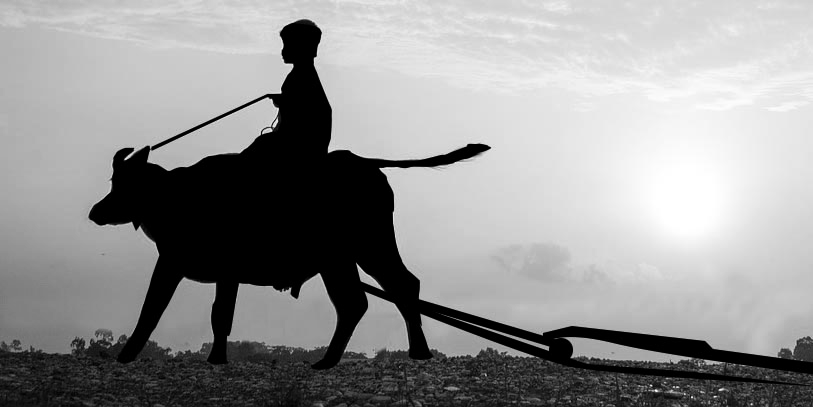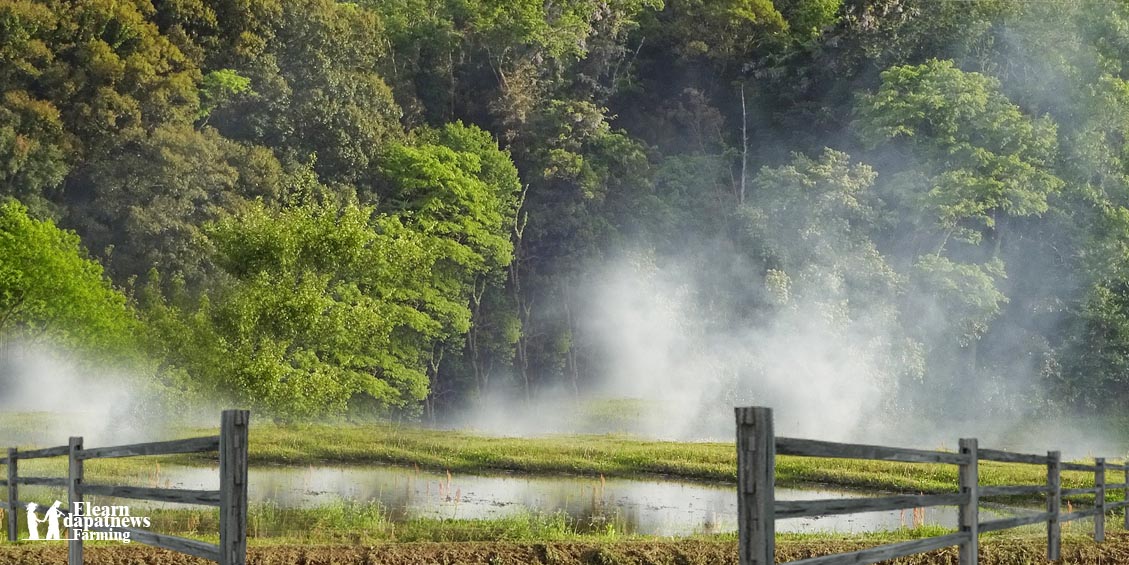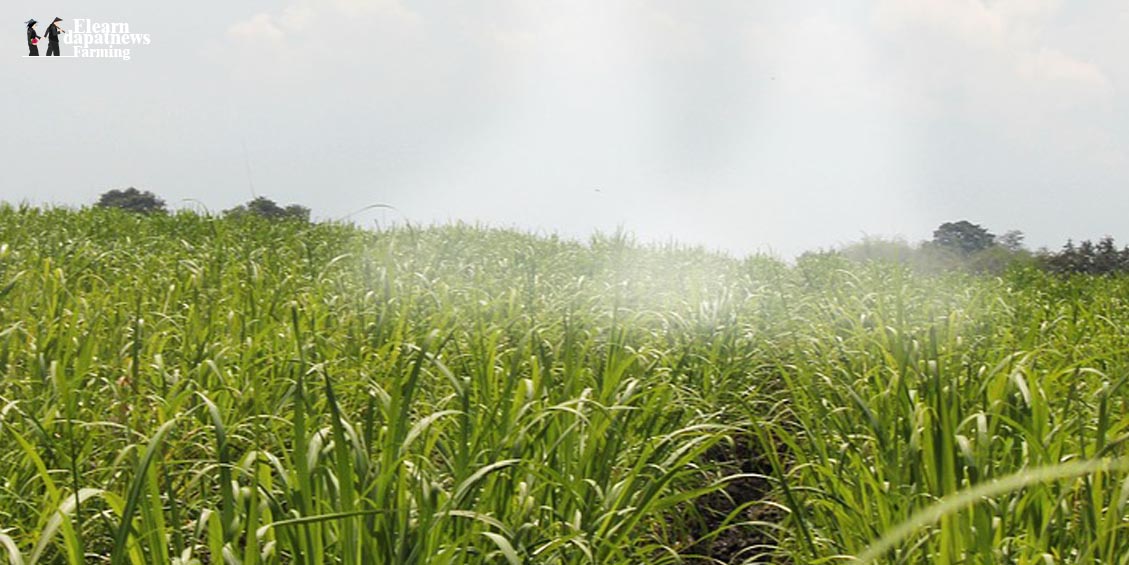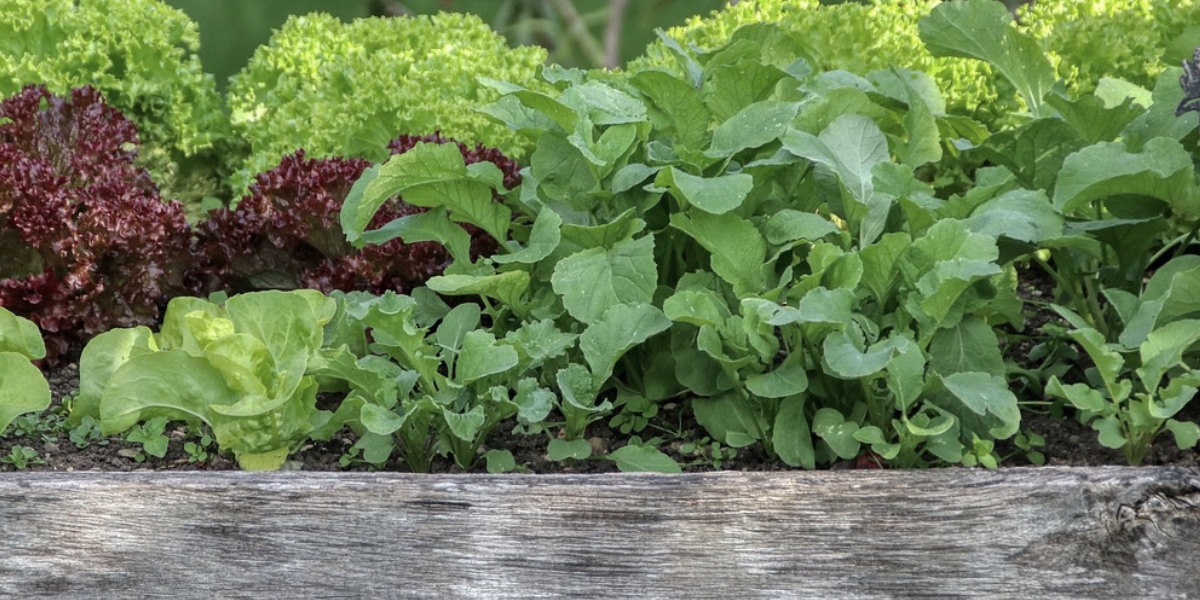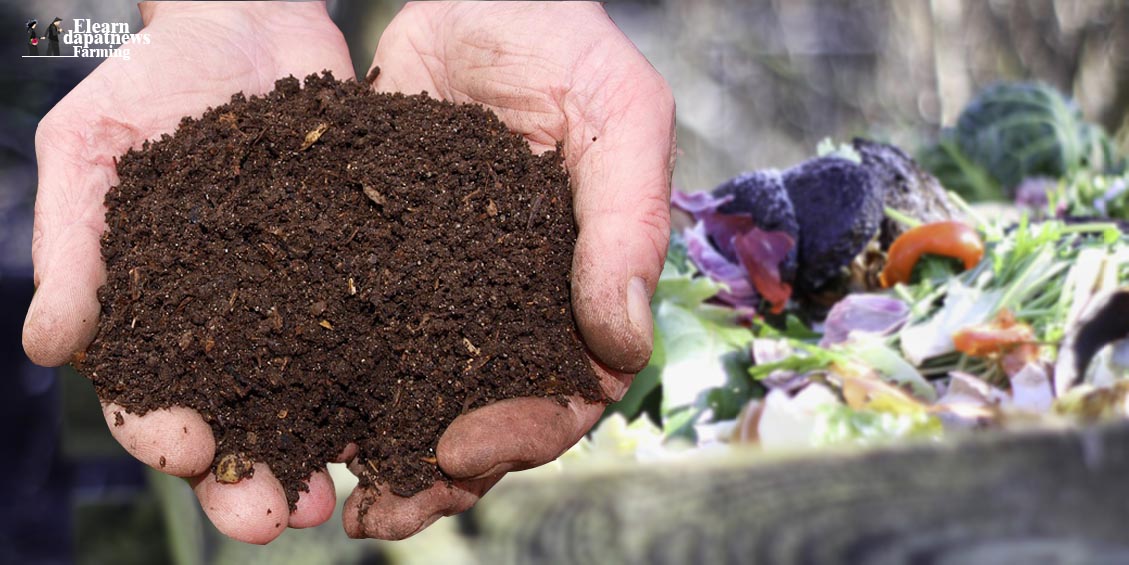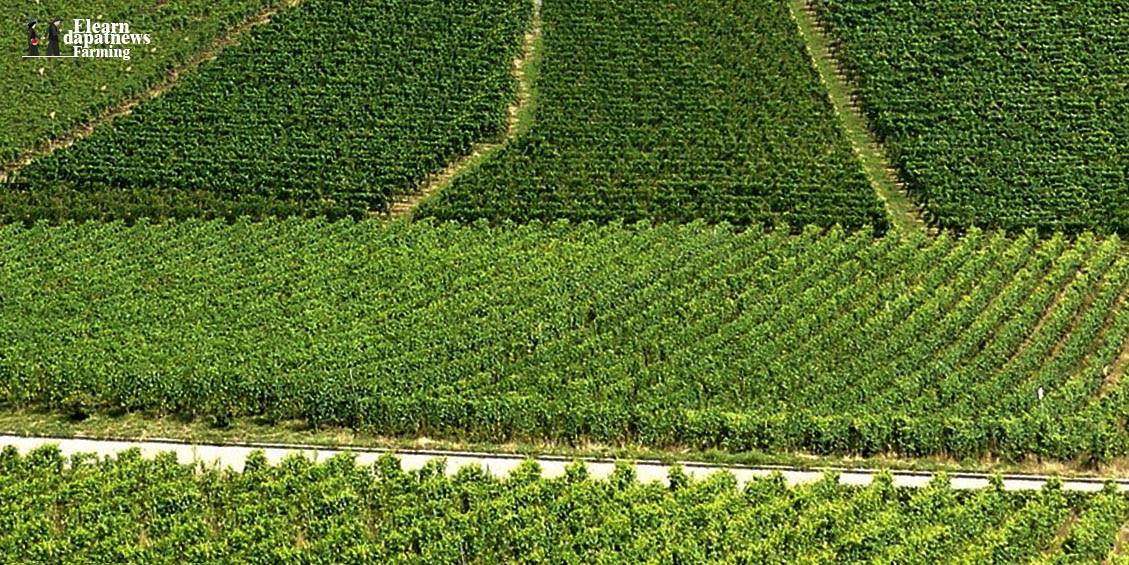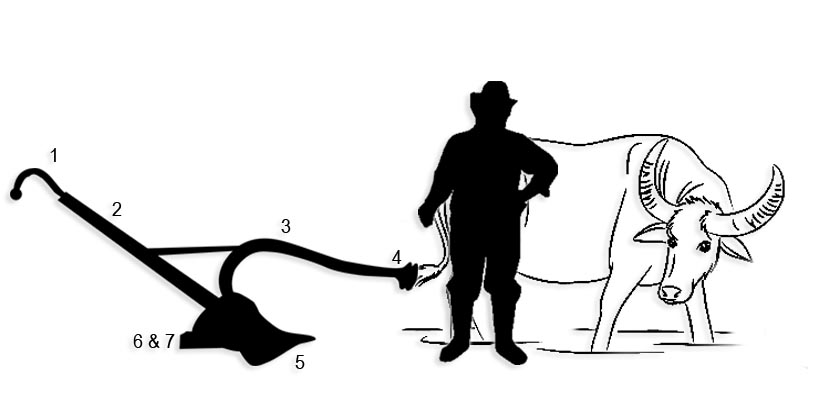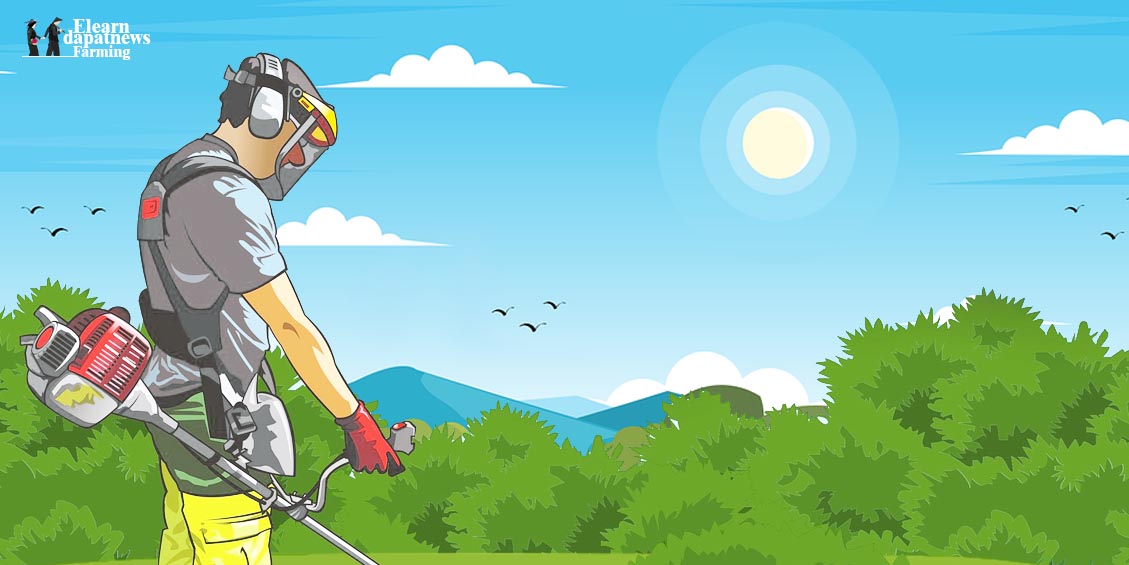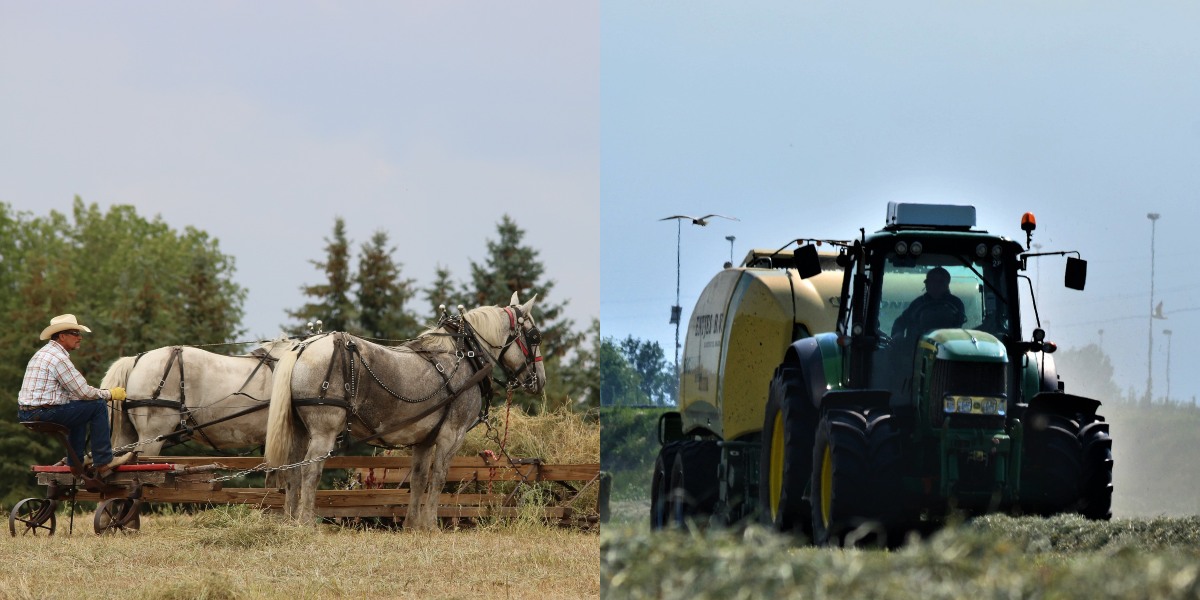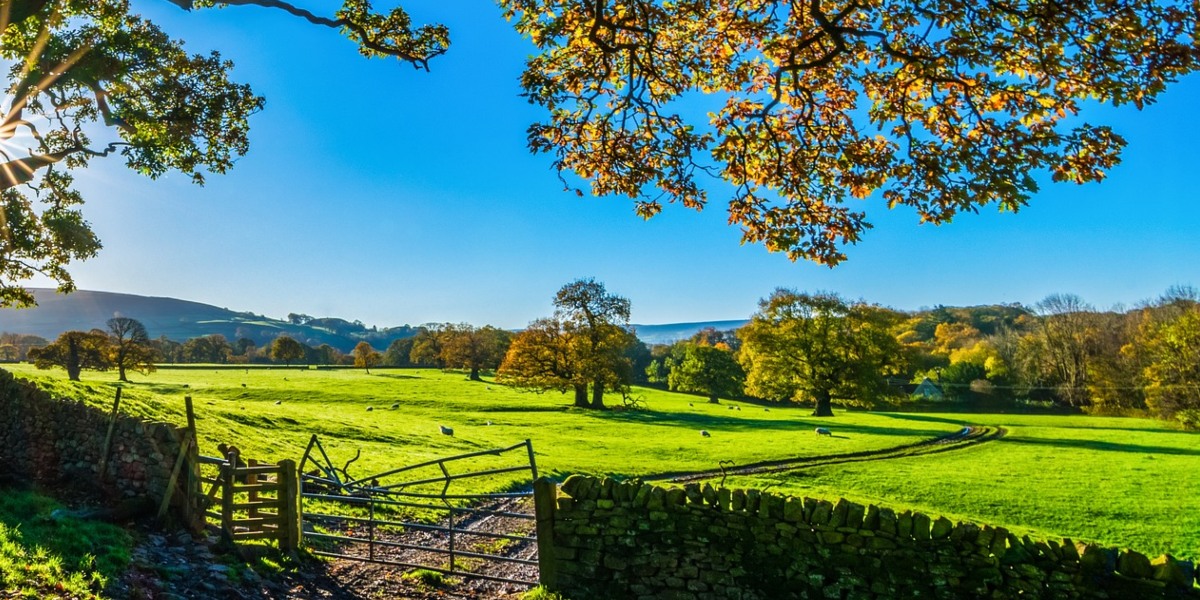Carabaos are doing a tremendous amount of work in the farmland of Philippines. As a result, the carabao is known as the Philippines’ national animal. They can be seen everywhere in the Philippines’ countryside; it is typically a farmer’s companion. The role of the carabao is incredibly hard. The buffalo is the village’s go-to helper for everything from field preparation to harvesting. Almost every family owns carabao as a sources of livelihood, for farming, or even for selling.
Carabao Role’s
Transport
Carabao frequently carries heavy goods into fields. Hauling picked coconuts, simply place a cart or sled “1Pababa” (in Bikol language) “1aKangga” (Waray) so that it can be pulled by a carabao. Specifically in locations where automobiles are unable to access.
Planting
When preparing a field, use a carabao to speed up the plowing of the soil. The plow is required to pull by carabao as the farmer maneuvers the plow’s handle ” 2Timon”. The plow must then travel through the soil again a few weeks later to split it up into smaller sections. -Stages of plowing: first is “3Rangkada” the second is “2doble”.
Travel
The carabao also facilitates mobility. Aside from the horse or cow, this is their primary mode of transportation. They normally ride a carabao to the other mountainside or community.
Terms”
1Pababa, 1aKangga – a sled pulled by carabao.2Timon – this is the handle of plow. 3Rangkada – first stage of plowing. 4Doble – second stage of plowing.


